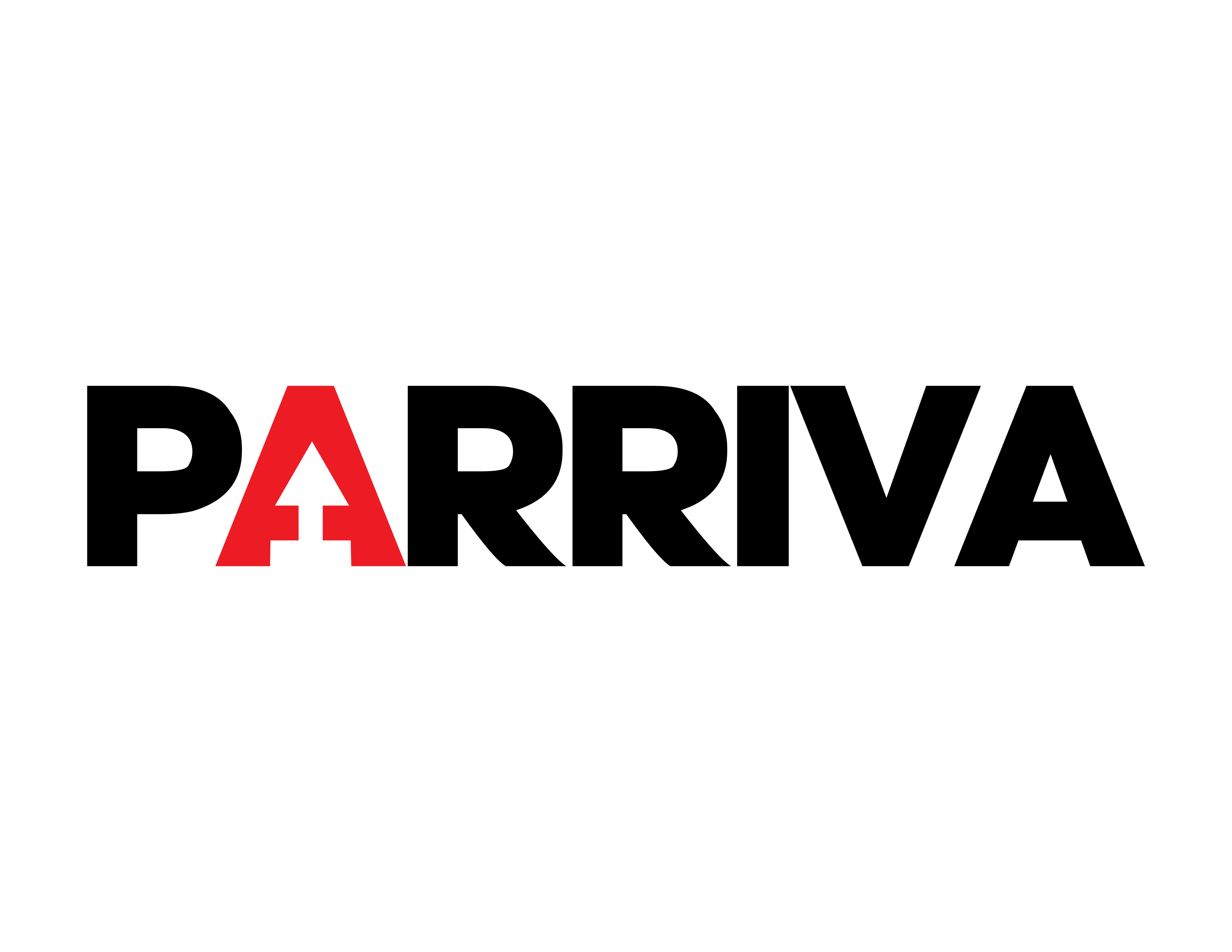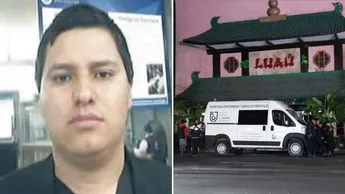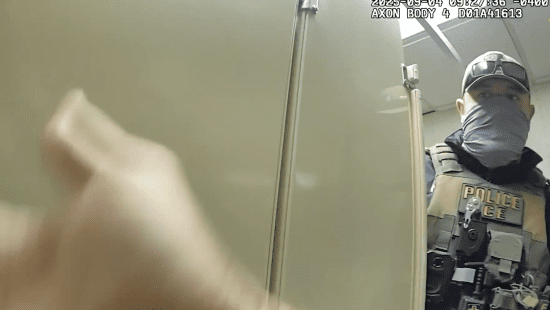There are few countries in the world where Coca-Cola isn’t the most popular soft drink. But in Peru, that position is held by Inca Kola – an almost 100-year-old beverage deeply embedded in the national identity.
The yellow soda – meant to evoke the grandeur of the ancient Inca Empire and its reverence for gold – was the creation of Joseph Robinson Lindley. The British immigrant had set out from the coal mining town of Doncaster, England, for Peru in 1910 and soon after set up a drinks factory in a working-class district of the capital, Lima.
He started producing small-batch carbonated fruit drinks and gradually expanded. When Inca Kola was created in 1935, with its secret recipe of 13 herbs and aromatics, it was just a year ahead of Coca-Cola’s arrival in the country. Recognizing the threat posed by the soft drink giant, which had launched in the US in 1886 and made inroads across Latin America, Lindley invested in the budding television advertising industry to promote Inca Kola.
Advertisement campaigns featuring Inca Kola bottles with their vaguely Indigenous motifs and slogans like “the flavor that unites us” appealed to Peru’s multiethnic society – and to its Inca roots.
It fostered a sense of national pride, explains Andres Macara-Chvili, a marketing professor at the Pontifical Catholic University of Peru. “Inca Kola was one of the first brands in Peru that connected with a sense of Peruanidad, or what it means to be Peruvian. It spoke to Peruvians about what we are – diverse,” he says.
But it wasn’t only the drink’s appeal to Peruvian identity or its unique flavor (described by some as tasting like bubblegum, by others as being similar to chamomile tea) that enhanced brand awareness. Amid the turmoil of a world war, Inca Kola would also come to prominence for another reason.








